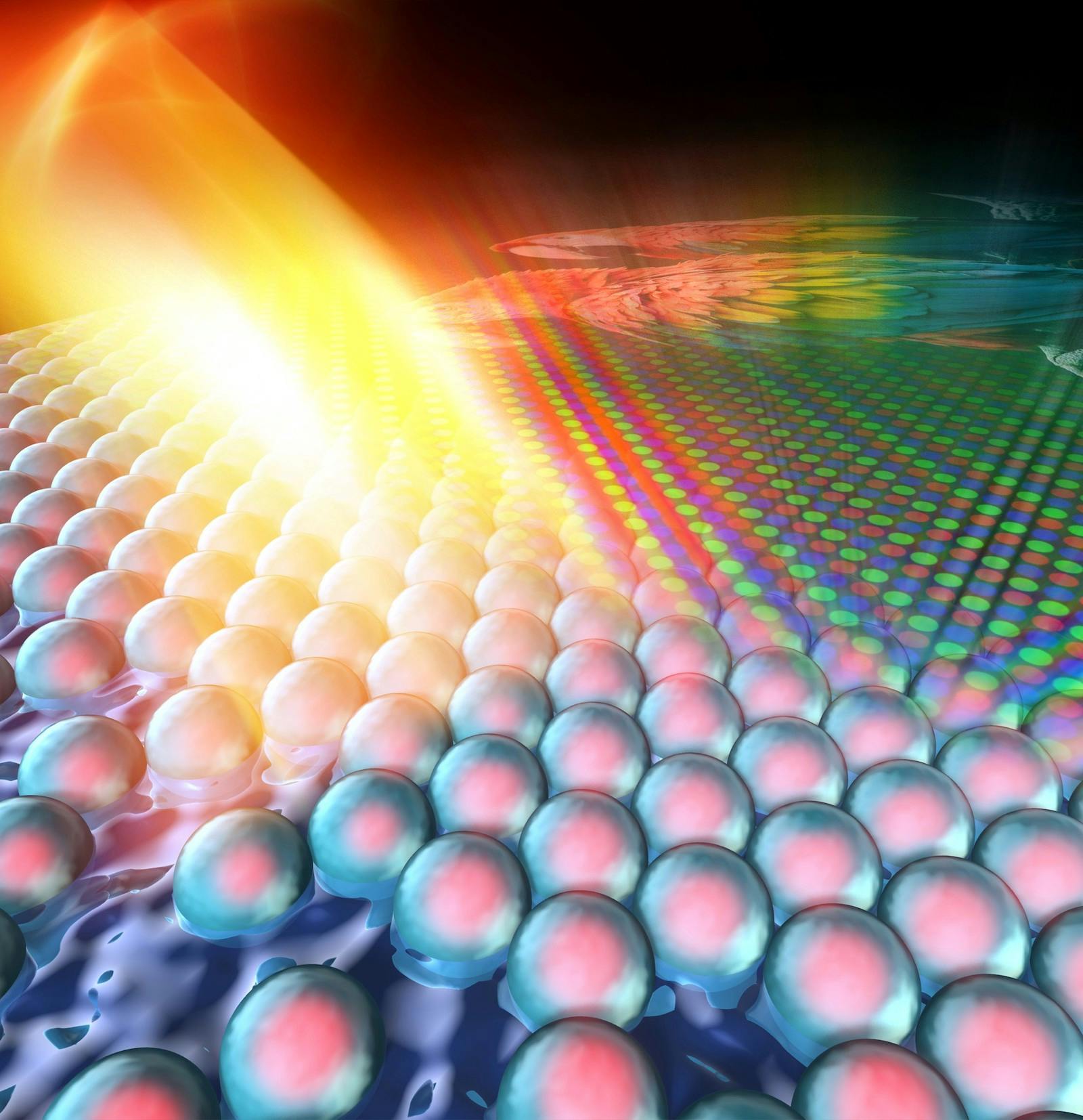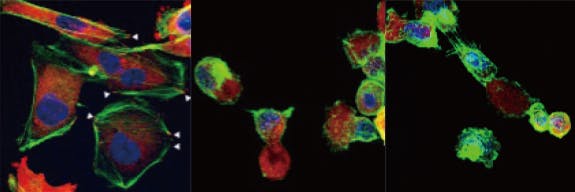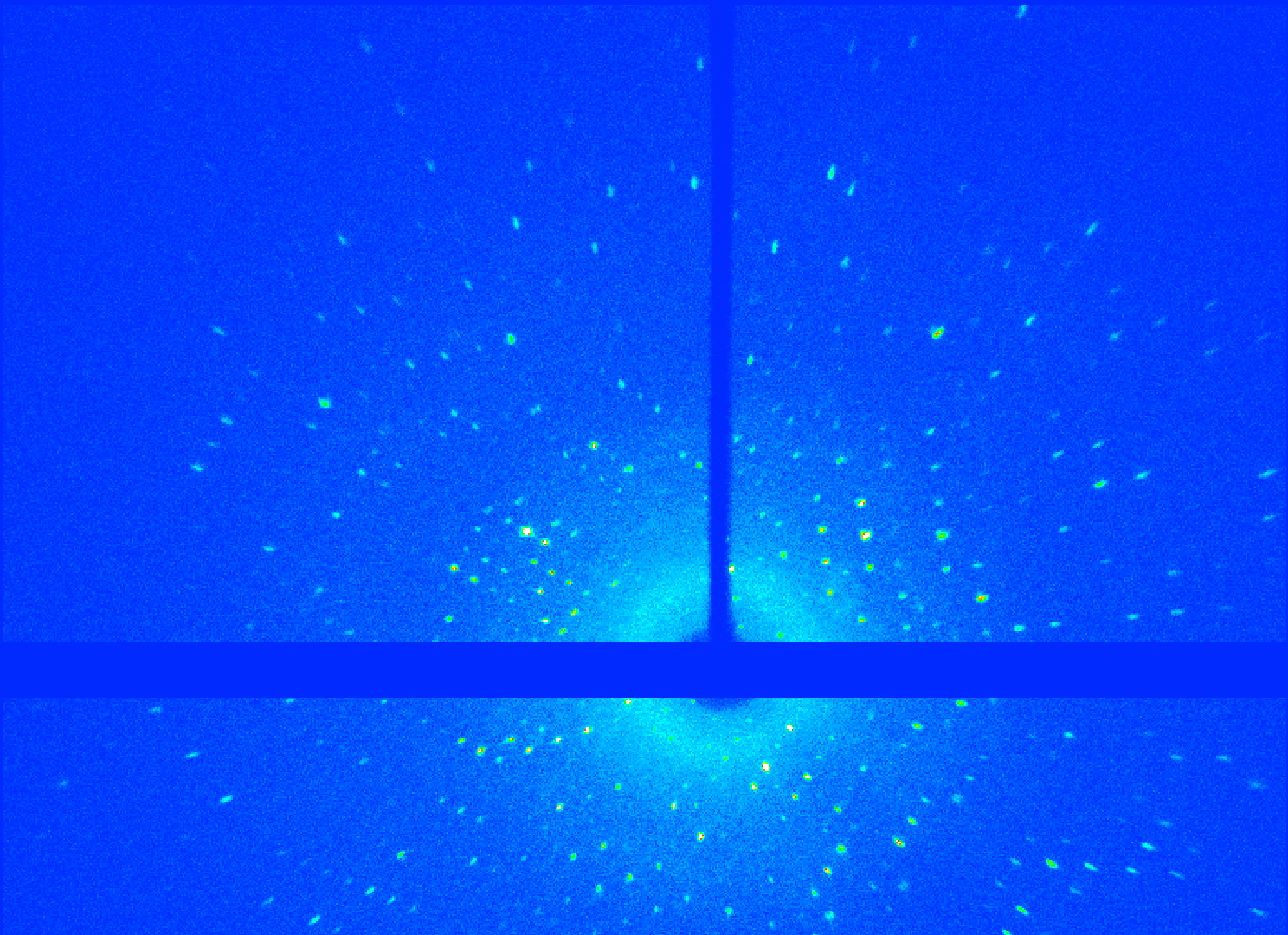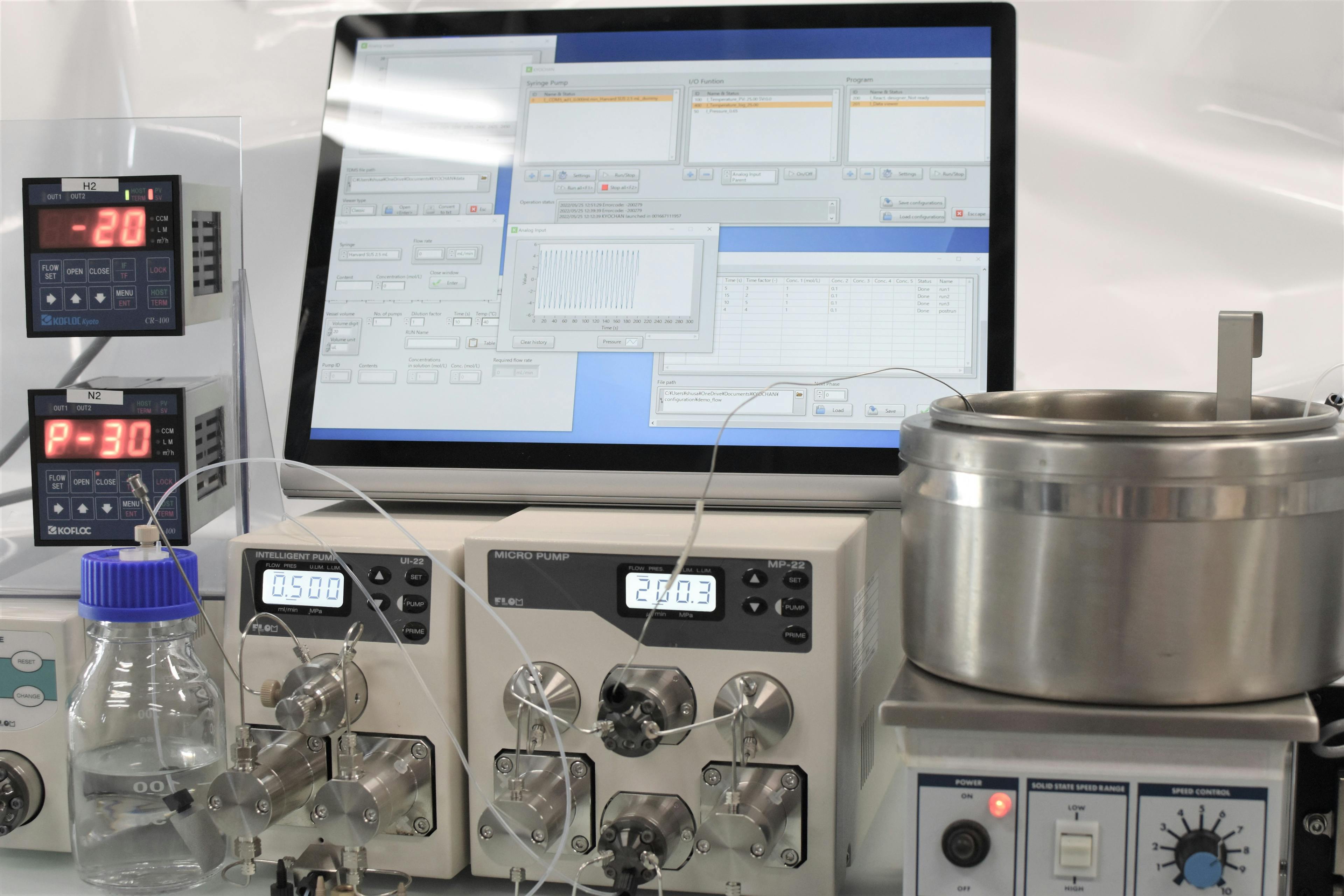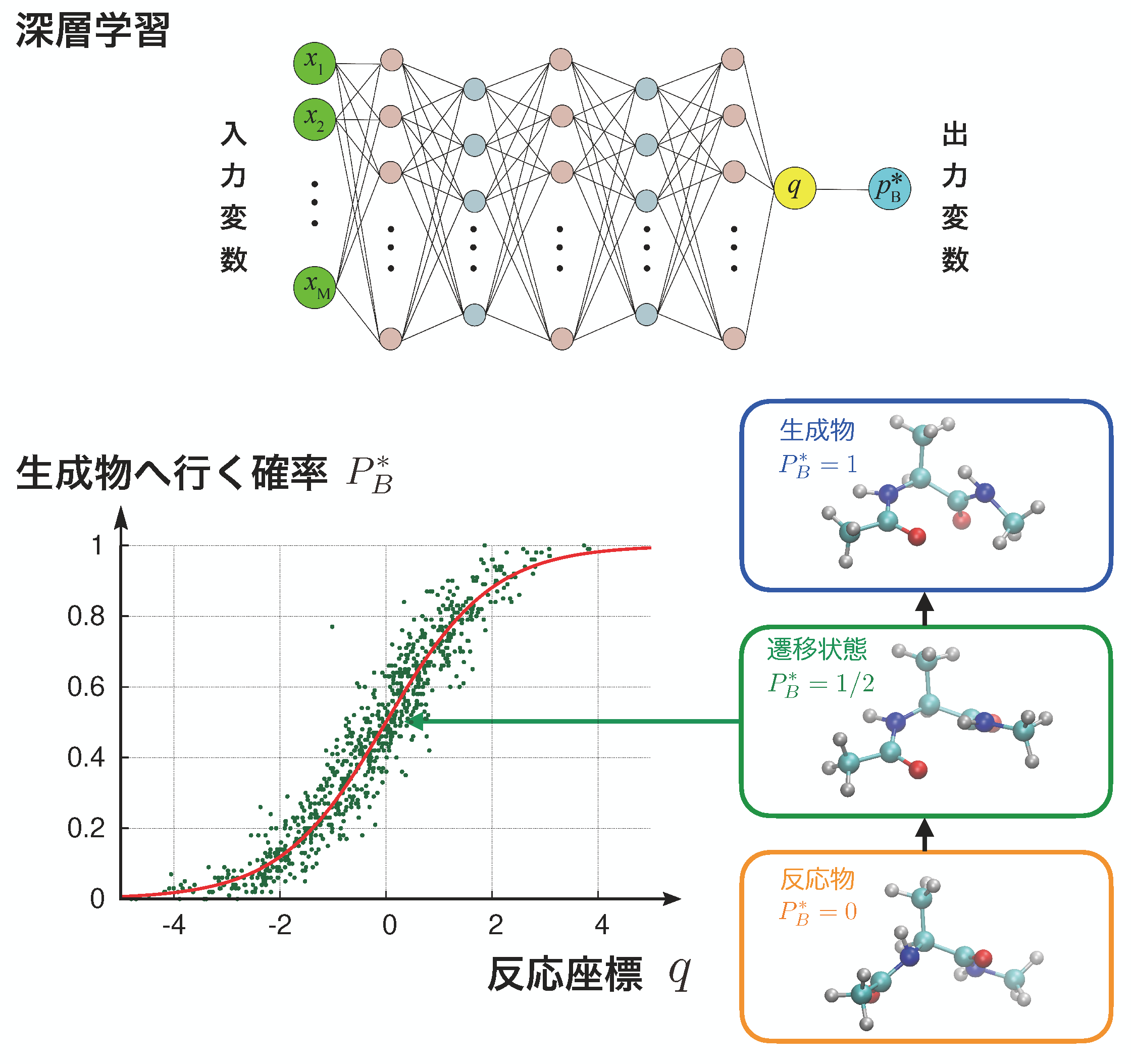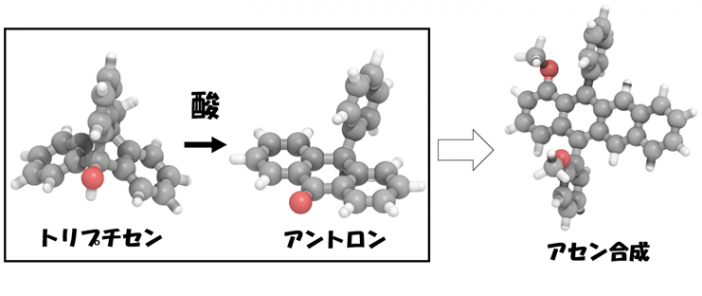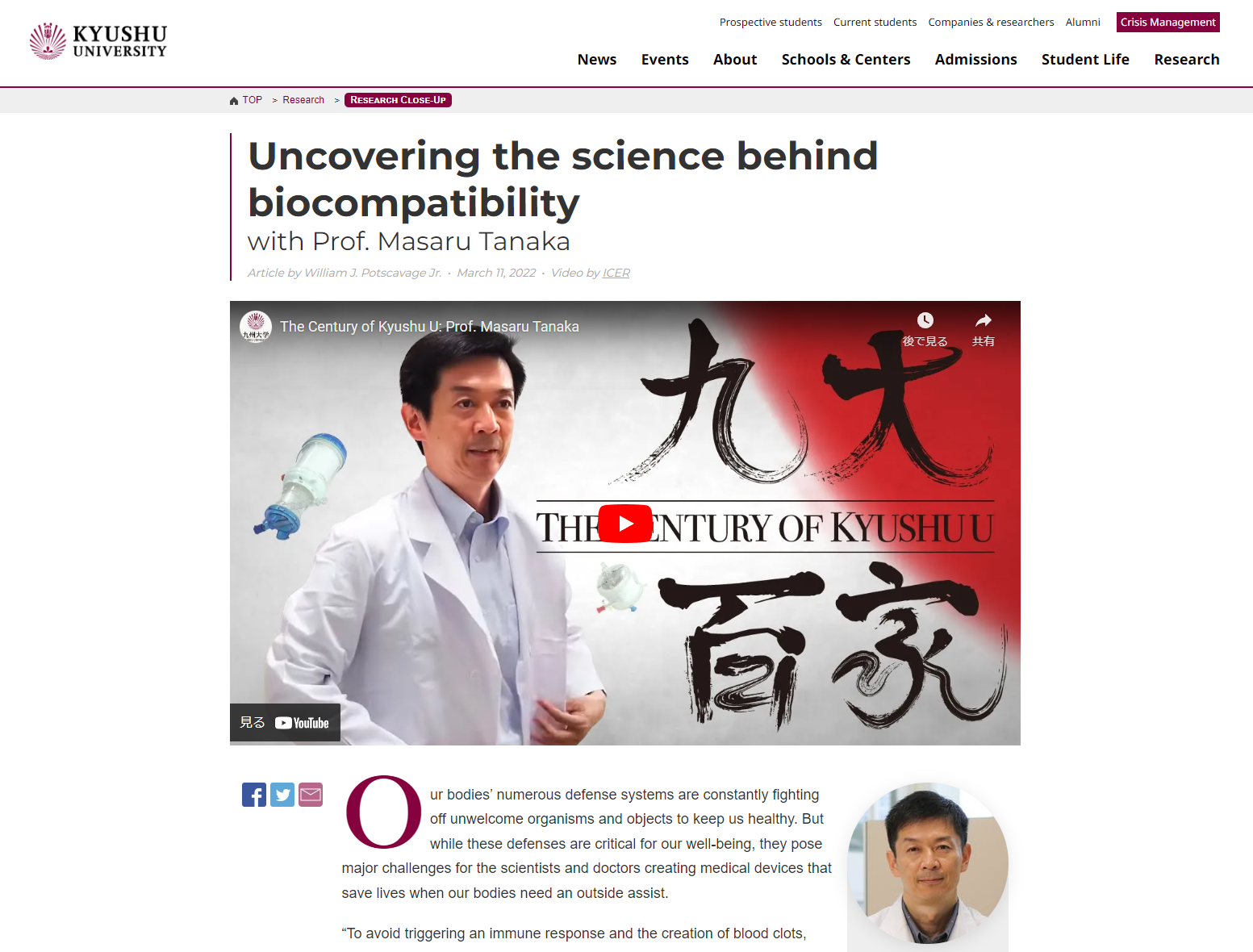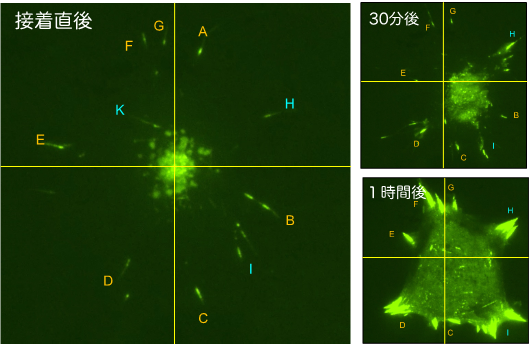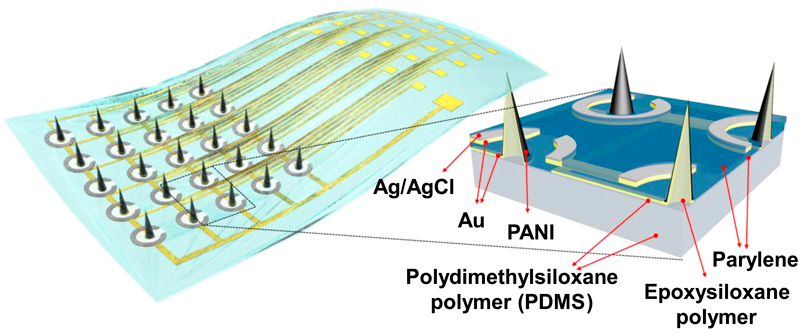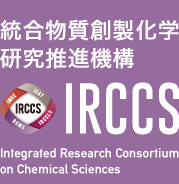IMCE
Institute for Materials Chemistry and Engineering,
KYUSHU UNIVERSITY
We promotes research related to the basic science and application of the structure and functions of materials from an atomic, molecular and nanoscale to a macroscale.
Synthesis of new functional molecules
Chemistry of new molecular assemblies
Chemistry of organic-inorganic hybrid materials
Processing of advanced materials into devices
